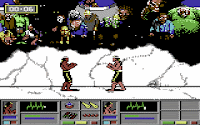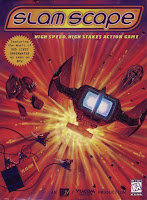Microsoft's recent announcement of its acquisition of Activision Blizzard has raised many questions about the future of the popular Call of Duty franchise. While the company has promised to keep the game on PlayStation and release it on other platforms, including Nintendo Switch, many gamers are sceptical about how well the game will perform on the less powerful console.
The announcement of Call of Duty's arrival on Switch was seen as a way for Microsoft to prove its sincerity about bringing the game to more people, and it was even claimed that the game would have full feature and content parity with the Xbox versions. However, the company's mixed messages have left many gamers wondering whether the game will live up to expectations.
Previous entries of Call of Duty on Nintendo consoles have suffered from performance issues, such as frame rate drops, that made the games less enjoyable than their Xbox, PlayStation, and PC counterparts. For example, the Wii U port of Call of Duty: Black Ops 2 had a functional but inferior performance to other editions.
Moreover, Switch's hardware is not as powerful as other modern consoles, and many current and last-gen ports have had to sacrifice their performance or become cloud-based versions that don't require downloads. Thus, there is a real concern that the Switch version of Call of Duty will suffer from performance issues.
Despite Microsoft's promise to bring the game to Switch, the company's true motivation remains unclear. Some speculate that the move is designed to help get its Activision Blizzard buy-out approved by regulators, rather than a genuine desire to bring the game to more gamers.
In conclusion, Microsoft's mixed messages about the arrival of Call of Duty on Nintendo Switch have left many gamers skeptical about how well the game will perform on the less powerful console. While the company has promised to keep the game on PlayStation and release it on other platforms, including Switch, the performance issues that have plagued previous entries of the franchise on Nintendo consoles leave gamers wondering whether Call of Duty can really run on Switch.











.jpg)

































